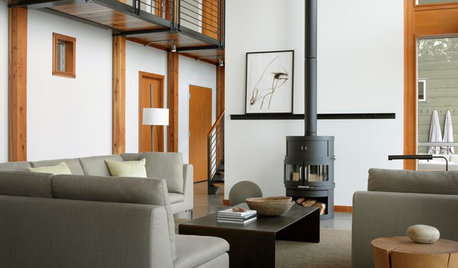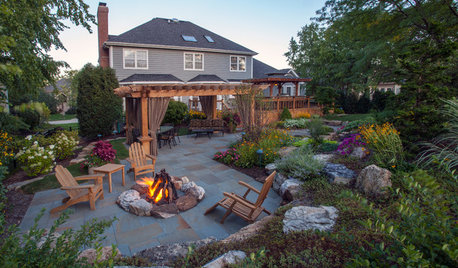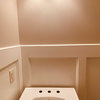Radiant Heat - Electric or Hydronic??
kitchenkrazed09
14 years ago
Featured Answer
Sort by:Oldest
Comments (28)
pepperidge_farm
14 years agolast modified: 9 years agobill_vincent
14 years agolast modified: 9 years agoRelated Professionals
Ballenger Creek Kitchen & Bathroom Designers · Buffalo Kitchen & Bathroom Designers · Hershey Kitchen & Bathroom Designers · Clovis Kitchen & Bathroom Remodelers · Durham Kitchen & Bathroom Remodelers · Lakeside Kitchen & Bathroom Remodelers · Patterson Kitchen & Bathroom Remodelers · Vancouver Kitchen & Bathroom Remodelers · Bonita Springs Glass & Shower Door Dealers · Galena Park Glass & Shower Door Dealers · Saratoga Glass & Shower Door Dealers · Kentwood Cabinets & Cabinetry · Watauga Cabinets & Cabinetry · Gadsden Window Treatments · Stony Brook Window Treatmentsjohnfrwhipple
14 years agolast modified: 9 years agokitchenkrazed09
14 years agolast modified: 9 years agobill_vincent
14 years agolast modified: 9 years agopepperidge_farm
14 years agolast modified: 9 years agoMongoCT
14 years agolast modified: 9 years agokitchenkrazed09
14 years agolast modified: 9 years agojohnfrwhipple
14 years agolast modified: 9 years agokitchenkrazed09
14 years agolast modified: 9 years agojohnfrwhipple
14 years agolast modified: 9 years agobill_vincent
14 years agolast modified: 9 years agobill_vincent
14 years agolast modified: 9 years agojohnfrwhipple
14 years agolast modified: 9 years agoMongoCT
14 years agolast modified: 9 years agojohnfrwhipple
14 years agolast modified: 9 years agojohnfrwhipple
14 years agolast modified: 9 years agodavidro1
14 years agolast modified: 9 years agodavidro1
14 years agolast modified: 9 years agojohnfrwhipple
14 years agolast modified: 9 years agodavidro1
14 years agolast modified: 9 years agojohnfrwhipple
14 years agolast modified: 9 years agoMongoCT
14 years agolast modified: 9 years agoMongoCT
14 years agolast modified: 9 years agodavidro1
14 years agolast modified: 9 years agoMongoCT
14 years agolast modified: 9 years agoMongoCT
14 years agolast modified: 9 years ago
Related Stories

GREAT HOME PROJECTSHow to Add a Radiant Heat System
Enjoy comfy, consistent temperatures and maybe even energy savings with hydronic heating and cooling
Full Story
FLOORSFloors Warm Up to Radiant Heat
Toasty toes and money saved are just two benefits of radiant heat under your concrete, wood or tile floors
Full Story
FLOORSIs Radiant Heating or Cooling Right for You?
Questions to ask before you go for one of these temperature systems in your floors or walls (yes, walls)
Full Story
FLOORSWhat to Ask When Considering Heated Floors
These questions can help you decide if radiant floor heating is right for you — and what your options are
Full Story
BATHROOM DESIGNWarm Up Your Bathroom With Heated Floors
If your bathroom floor is leaving you cold, try warming up to an electric heating system
Full Story
GREEN BUILDINGInsulation Basics: Heat, R-Value and the Building Envelope
Learn how heat moves through a home and the materials that can stop it, to make sure your insulation is as effective as you think
Full Story
REMODELING GUIDESClean-Burning Woodstoves Ignite a Greener Heating Trend
No need to rely on oil or gas to heat your home — new woodstove designs burn cleanly and are beautiful to boot
Full Story
HOUSEKEEPING5 Steps to Improve Your Heating System Now
Increase your heater's efficiency and safety for lower energy bills and greater peace of mind this winter
Full Story
GARDENING AND LANDSCAPING3 Ways to Bring the Heat to Outdoor Living Spaces
Here’s what to know about surviving winter’s bite with an outdoor fireplace, fire pit or heat lamp
Full Story
GREEN BUILDINGHouzz Tour: Passive House in Vermont Slashes Heating Bills
Its ecofriendly, low-maintenance design leaves a family with more time to relax and enjoy the weekend home
Full StoryMore Discussions









davidro1